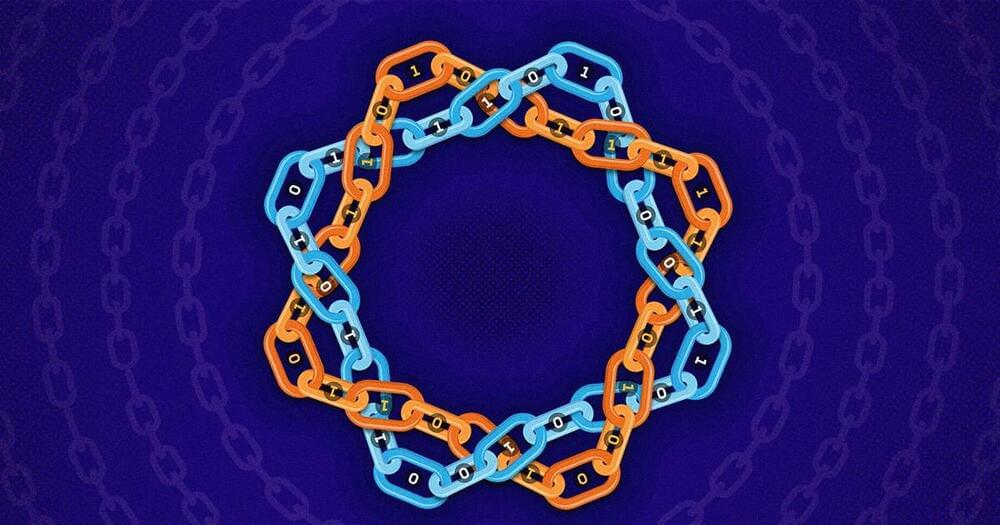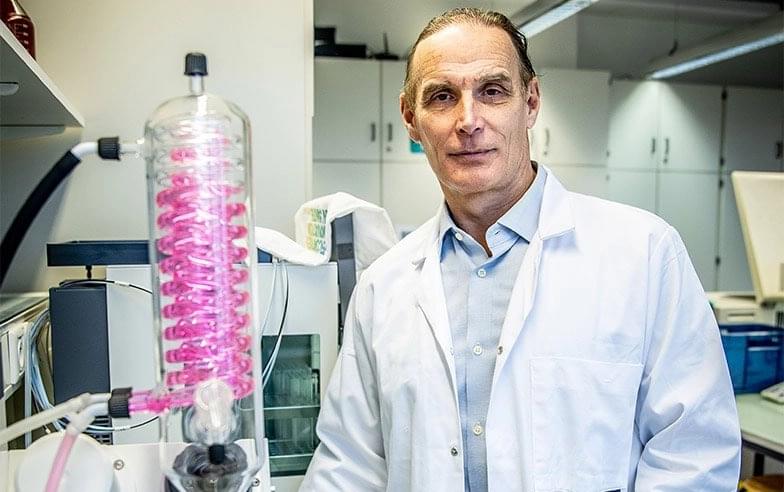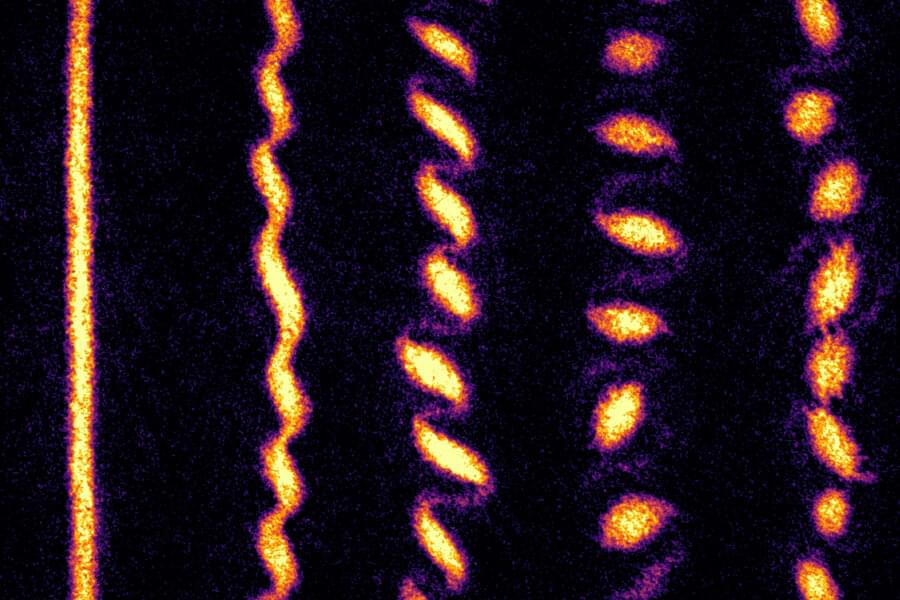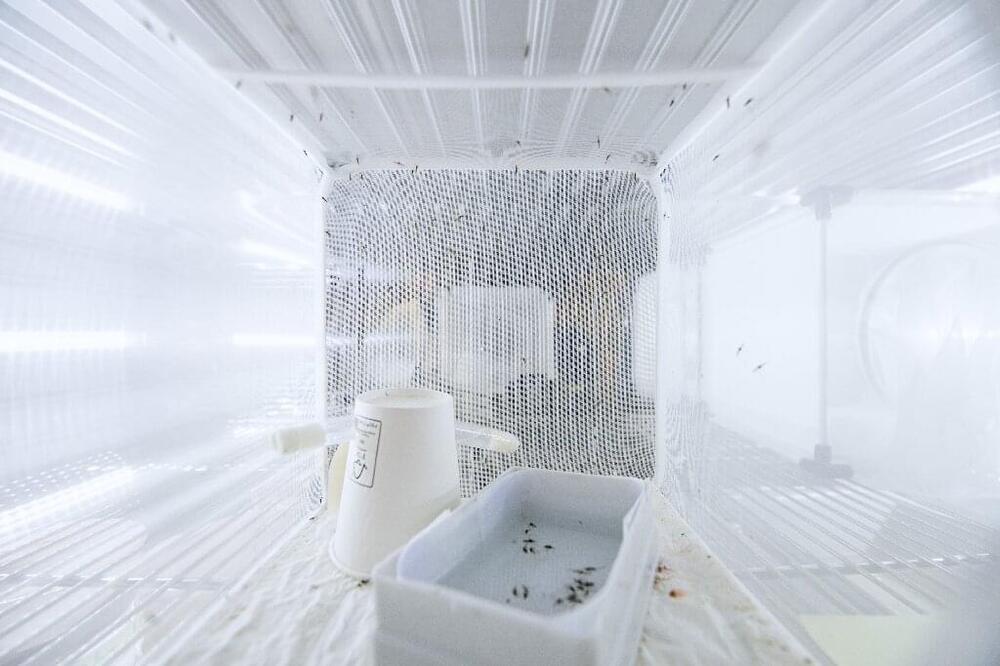Jan 10, 2022
Responding To The Washington Post Hatchet Job On Electric Cars & Winter Driving
Posted by Shubham Ghosh Roy in categories: chemistry, education, law, neuroscience, sustainability
An editorial writer and columnist for the Washington Post wrote a screed attacking electric cars this week. His heavily slanted piece was filled with misinformation. Here’s the truth about driving an electric car in winter.
Last week, hundreds of motorists on I-95 in Virginia were stuck for hours when a blizzard closed the highway south of Washington, DC. Highway crews couldn’t spread ice-melting chemicals before the storm arrived because the rain that preceded it would have washed them away. But when temperatures dropped, the rain quickly turned to ice. Then the snow came and made the ice treacherously slippery. Tractor trailers trying to get off the highway lost control, blocking many exit ramps. Senator Tim Kaine was trapped in the tangled mess of stalled cars for 27 hours.
Continue reading “Responding To The Washington Post Hatchet Job On Electric Cars & Winter Driving” »








